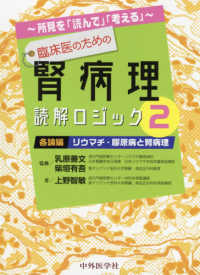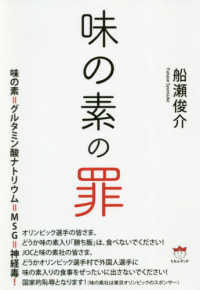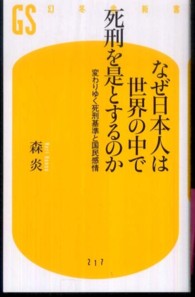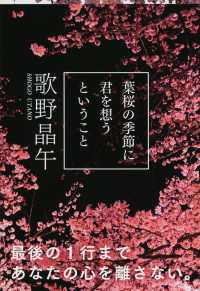Full Description
Covering key aspects of provenance research for the international art market, this accessible publication, co-published with the International Foundation for Art Research (IFAR), explores a range of themes including challenges and best practice to considerations specific to Nazi looted art and the trade in illicit antiquities.
Provenance research is a crucial component of any art-market transaction. Without a provenance it is often difficult to establish a work's authenticity, its true value or who has legal title. Whether buying, selling or simply maintaining an artwork in either a private or a public collection, the days when a blind eye could be turned to the history (or the lack of a known history) of a work have long gone. Proper, thorough and effective provenance research is the minimum required and demanded in today's art world - a world that is increasingly recognising the need for greater and more effective self-regulation in the face of fakes, forgeries and challenges to ownership or authenticity that are now commonplace.
Provenance Research Today is essential reading for a broad audience, from those studying to become part of the art world or professionals starting a career in provenance research, to collectors or would-be collectors, dealers, galleries, auction houses, police and art lawyers.
Contents
Foreword; Introduction; Part I: 1: The history and purposes of provenance research; 2: The role of provenance in resolving art-world disputes; 3: The challenges of provenance research; Part II: 4: Best-practice guidelines, research methods and tools; 5: Scientific examination and provenance research: Using science to resolve questions of provenance, identity and false attribution; 6: Data and databases in provenance research; 7: Provenance research and the digital humanities; Part III: 8: Provenance research in museums: The long run; 9: The place of provenance in the catalogue raisonné; 10: The ethics of provenance research and the art market; Part IV: 11: The current state of Nazi-era provenance research, and access to Nazi-era research resources and archives; 12: The journey home: Nazi-era provenance research and restitution; Part V: 13: Researching the structure of the illicit antiquities trade; 14: From soil to showroom: tracing illicit antiquities across the world; 15: The return of the plundered: case studies in the provenance of illicit antiquities; Notes; Selected Resources; About the contributors Index








